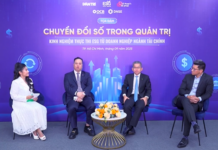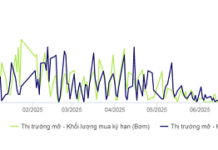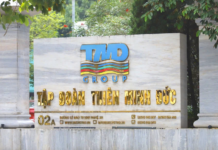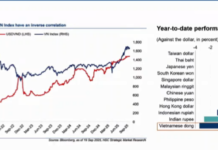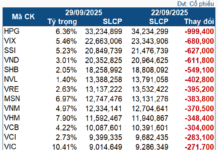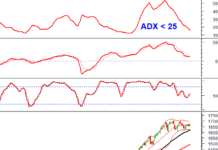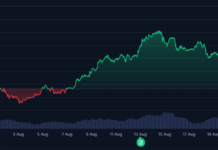
General Secretary To Lam emphasizes the state’s responsibility to ensure fair and efficient land use rights for all citizens. Photo: TTXVN. |
Previously, the General Secretary also held a meeting with relevant agencies regarding the direction of amending the Land Law. According to the General Secretary, the state must ensure fair and efficient land use rights for all citizens, guarantee effective land use, and allocate land value equitably to avoid waste. It is essential to maximize the efficiency of land resources for national development.
The General Secretary’s statement is not merely a practical observation but also highlights a core principle in Vietnam’s land management. This concise remark opens up a significant theoretical and practical issue: under the condition that land is owned by the entire people and managed uniformly by the state, mechanically allowing land prices to “follow the market” is not only incorrect in principle but also poses numerous dangerous consequences.
To understand this clearly, a thorough analysis from the perspectives of ownership, economics, and public policy is necessary.
Land Ownership by the People and Vietnam’s Unique Characteristics
Unlike many countries that recognize private land ownership, Vietnam’s Constitution affirms that land belongs to the entire people, with the state acting as the representative owner and unified manager. This creates a fundamental difference in how land prices are formed.
In a typical market economy, land prices are determined by competition among numerous private owners. With diverse supply and demand, prices are established through genuine competition. However, in Vietnam, the state is the sole supplier in the primary market. All land access needs must go through state decisions on land allocation, leasing, and changes in land use purposes. In other words, Vietnam’s land market is unique, with the state acting as both the supplier and the regulator.
In this context, if the state completely delegates land pricing to local authorities based on market principles, it essentially leaves the process vulnerable to speculation, brokerage, and interest groups. As a result, land prices no longer reflect actual usage value but are distorted by speculative expectations. This is the root cause of paradoxes: many idle lands have sky-high prices, businesses struggle to access land, and speculators profit from price differences.
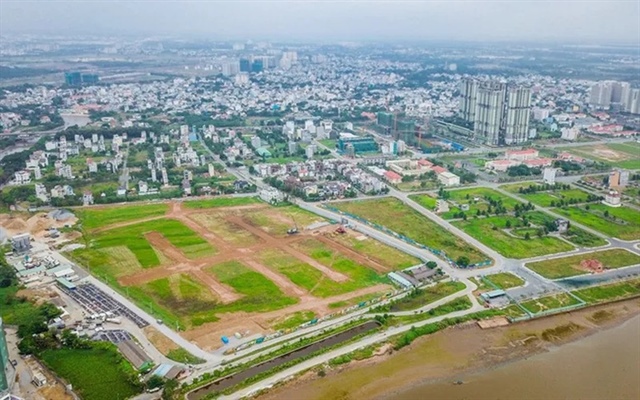
Vietnam’s land market is unique, with the state acting as both the supplier and the regulator. |
Risks of Imposing “Market-Based Pricing” Principles
When a public asset owned by the entire people is subjected to a “market-based” pricing mechanism, numerous serious risks can arise.
First, land prices become unreasonably inflated. Even unverified information about planning or infrastructure can trigger a “land fever.” Land speculators and brokers can easily create artificial prices, driving prices far beyond actual value and turning the concept of “market price” into a game for manipulators.
Second, negative social impacts. Unreasonable land price increases lead to higher housing prices, rental costs, living expenses, and production costs—all of which burden citizens and businesses. Middle-income earners find homeownership increasingly out of reach; businesses lose competitiveness due to high land costs; and the social housing market is stifled.
Third, distortions in resource allocation. When speculative land prices become a quick way to get rich, societal capital is diverted from production, technology, and innovation into real estate speculation. Many people abandon production to engage in “land surfing,” creating a short-term, unsustainable economy with inherent risks.
Fourth, macroeconomic instability. A land bubble poses risks to the banking system, as most collateral is real estate. Additionally, the wealth gap widens as a minority gets rich quickly through land speculation, while the majority is excluded from accessing land for housing and business.
Therefore, the General Secretary’s warning is not only practical but also carries significant policy guidance value.
The State’s Indispensable Role in Land Pricing
In a system of public ownership, the state cannot shirk its responsibility for pricing. On the contrary, the state has an obligation to establish a standard land price framework, as this is the only way to protect the interests of the entire population and prevent public asset losses.
Allowing the market to “self-regulate” essentially hands over the power to determine the value of public assets to a group of speculators. This is not only incorrect in terms of public asset management principles but also dangerous in terms of social consequences.
State-determined land pricing does not negate the market’s role. Instead, it designs a controlled market where state-set prices serve as a “standard anchor,” and civil transactions can fluctuate within a reasonable range. This model balances market flexibility with the necessary stability of state management.
Specifically, state-set land prices serve as a strategic policy tool to: ensure citizens’ access to land for housing and business; create a stable cost environment for businesses, enhancing competitiveness; direct societal capital toward production rather than speculation; and increase public revenue transparently, preventing public asset losses.
Thus, the General Secretary’s viewpoint has a solid theoretical foundation: state land pricing is not arbitrary administrative intervention but an essential requirement of a unique ownership system—public ownership of land.
Appropriate Mechanisms for Determining Land Prices in Vietnam
To implement this viewpoint, a scientific, feasible, and transparent pricing mechanism must be established.
First, establish a national standard land price framework. An independent National Land Pricing Council should set the framework based on big data, expert consultations, and strict oversight. Allowing local authorities to determine prices independently risks falling into the “dark zone” of group interests.
Second, build a unified land database. This will serve as the “central nervous system” of land management, recording all transactions, tax information, and credit in real-time, thereby accurately reflecting objective supply and demand and eliminating fictitious transactions.
Third, implement anti-speculation taxes. Impose progressive taxes on idle land or short-term transactions to eliminate speculative motives, ensuring land serves its proper functions in production and living.
Fourth, recover land rent increments. When state infrastructure investments increase land value, the additional value should be recovered through taxes, fees, or auctions. This is a fair principle: the value belongs to the entire people and should not be monopolized by a few individuals.
Fifth, ensure transparency and oversight. The land pricing process must be transparent, with oversight from the National Assembly, the Fatherland Front, the media, and citizens. Only transparency can prevent group interests and strengthen social trust.
Sixth, allow reasonable price fluctuations. Civil transaction prices can deviate from state prices within a certain range but must not exceed limits, maintaining flexibility while ensuring stability.
If designed and implemented rigorously, these mechanisms will create a fair, transparent, and sustainable land market—aligning with the General Secretary’s directives.
Strategic Directions for Fundamental Land Policy Reforms
General Secretary To Lam provides a strategic direction for fundamental land policy reforms. In a system of public ownership, there is no correct “market price” if the state does not set prices. Only state-established standard prices can ensure public interests, prevent speculation, and return the land market to a path of sustainable development.
This is a reminder to end the laxity, price manipulation, and land speculation, as well as a call to redesign the land pricing mechanism toward fairness and transparency. The state must be the architect of the land market, setting prices not to intervene administratively but to create a foundation for development.
The message is clear: establishing land prices in a system of public ownership is the state’s historical responsibility and the key to freeing Vietnam’s real estate market from speculation, leading it toward stability, fairness, and sustainable development.
Dr. Nguyen Si Dung
– 14:48 01/10/2025
Uneasy Living: Red-Taped Residents of Hanoi’s Dilapidated Homes
“For years, our land has been stagnant with no buyers, and no development. The land is legally obtained, but due to its location within the Da River floodplain, there are restrictions on construction and renovations, which has left the land untouched,” said Le Dinh Vuong.







